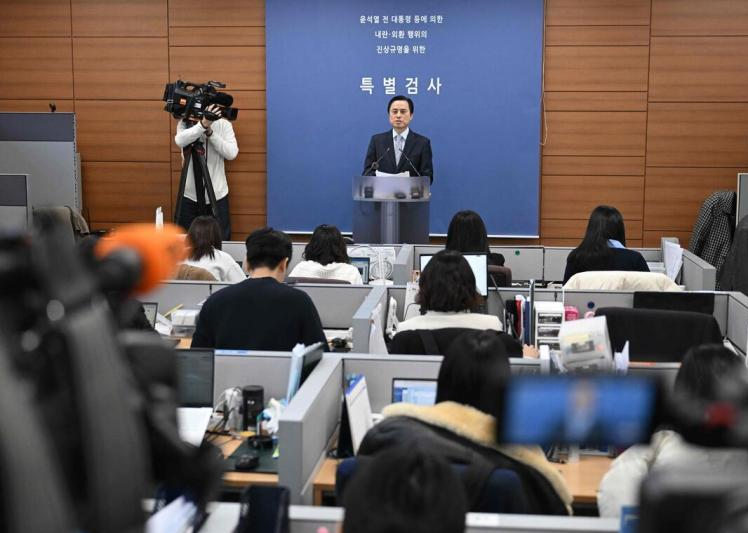
On February 12, 2025, Tesla will launch its fully autonomous driving (FSD) technology for the first time in the Mexican market outside of the United States and Canada, kicking off its global expansion with a social statement of "Hello Mexico. However, the real focus area is in China, the world's largest new energy market. In just two weeks, Tesla quietly launched the FSD function in China by "pushing software OTA updates in batches". Although its official statement has been downgraded from "fully autonomous driving" to "intelligent assisted driving", this is still an important milestone for Tesla's technology localization.
Musk revealed on X that Tesla trained the FSD model for Chinese streets in a simulated environment by analyzing the Chinese road videos published on the Internet, so as to avoid the regulatory difficulties of cross-border data transmission. The benefit of this' distance learning 'is certainly to demonstrate Tesla's technological flexibility, but the actual accuracy of implementation is naturally average, exposing its lack of localized data. As a video blogger roast, "FSD even tried to seize the bus lane, just like a foreigner learning Chinese lost his way in an alley."
Although the Chinese version of FSD is called "intelligent assisted driving", it is actually a "residual version" of the American FSD V.13. It supports NOA (navigation assisted driving) on urban roads, can recognize traffic signals and complete turns, but cannot achieve end-to-end autonomous driving. In contrast, the US version of FSD V.13 has implemented an end-to-end model, which can basically achieve parking to parking autonomous driving in practical applications, and even autonomously evolve decision-making capabilities through reinforcement learning. Behind this technological gap is the hard barrier of data barriers between China and the United States, and Tesla is unable to build a complete model training scenario within China.
Ten years ago, Tesla stirred up the Chinese car market as an "electric dark horse"; Nowadays, the entry of FSD into China is difficult to restore the myth of the past. Chinese car companies are using their local data advantage to counterattack with the "smart driving equality" strategy. BYD has downgraded its advanced intelligent driving to 100000 yuan level models, Huawei ADS 3.0 achieves fully autonomous driving from parking spot to parking spot, and Xiaomi HAD technology is also about to be officially launched. These car companies are well aware of the complexity of China's road conditions: bus lane rules, electric vehicle flow, unprotected left turns... can be called the golden mine of intelligent driving data.
Even more deadly is that Tesla's "high premium strategy" has encountered difficulties in adapting to the price sensitive Chinese market. A Model Y long-range version is priced at about 300000 yuan, and the FSD optional fee accounts for more than one-fifth. Users jokingly say, "You can afford a car, but you can't afford a 'soul'." At the same time, Tesla's net profit in 2024 plummeted by 53% year-on-year, and sales showed negative growth for the first time in a decade, forcing Musk to set 2025 as the "breakthrough year" - price reductions, accelerated FSD landing, and the launch of a $25000 cheap model. A series of combination punches cannot hide his anxiety.
Despite numerous challenges, Tesla has not given up on the Chinese market. Musk revealed that the end-to-end architecture of FSD V13 will optimize the model's context processing capability and improve decision accuracy through longer driving scenario memory. If Tesla can break through the shackles of data, it may use its global computing power advantage to achieve a comeback.
The entry of Tesla FSD into China is not only a practical implementation of technological ambitions, but also a compromise of market reality. It is like a double-edged sword, breaking the comfort zone of Chinese intelligent driving and exposing its own limitations. This is a good thing for consumers, as their end-to-end driving technology will become increasingly advanced, smoother, and safer. Whoever can tame AI with lower costs and a better understanding of users will be able to define the future on wheels in the next decade.

YTN TV of South Korea reported on Tuesday (December 16) that the South Korean court plans to make a ruling on the charges of former President Yoon Suk Yeol for obstructing justice on January 16, 2026.
YTN TV of South Korea reported on Tuesday (December 16) tha…
On December 7, a new round of intense military conflict bro…
Recently, US media disclosed that the Pentagon is planning …
From three launch failures and a brush with bankruptcy to n…
Recently, a major piece of news has emerged in the US polit…
Against the backdrop of the Federal Reserve's third rate cu…